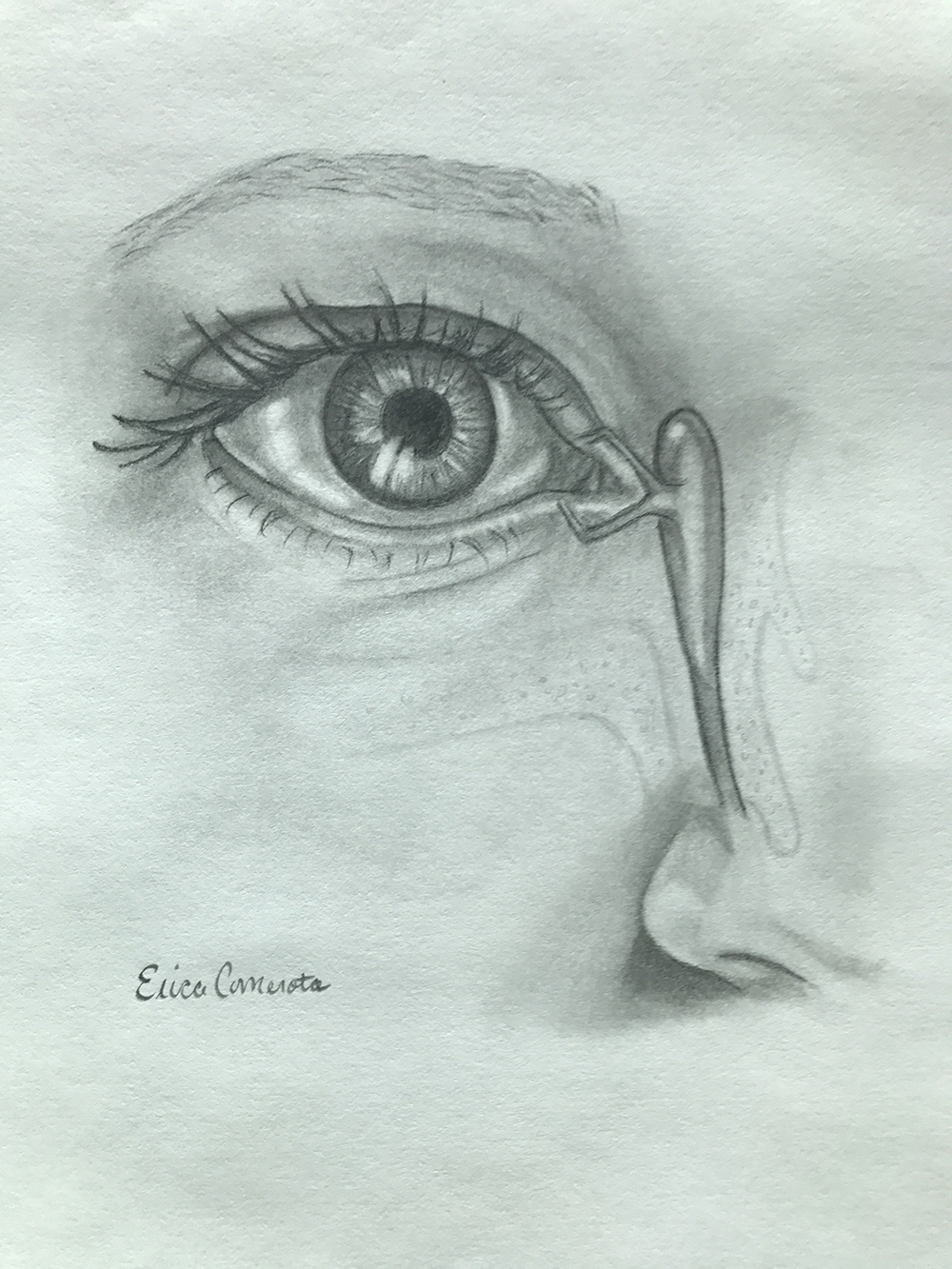Choosing a surgeon can be an overwhelming task for patients, particularly one that is...
Lacrimal System Obstructions
Jump To
Conveniently located to serve Fort Myers
 Tear duct obstructions also referred to as lacrimal system obstructions, refer to a variety of medical conditions that impair the eye’s ability to produce or properly drain tears. Many conditions may affect the proper functioning of this vital system. If the lacrimal duct does not produce enough tears, dry eyes may occur.
Tear duct obstructions also referred to as lacrimal system obstructions, refer to a variety of medical conditions that impair the eye’s ability to produce or properly drain tears. Many conditions may affect the proper functioning of this vital system. If the lacrimal duct does not produce enough tears, dry eyes may occur.
Dr. Stephen Laquis, an acclaimed ophthalmic plastic and reconstructive surgeon, offers treatment options for lacrimal system obstructions in Fort Myers.
Causes of Lacrimal System Obstructions
Lacrimal glands produce tears. Tears are then spread by blinking of the eyelid. The nasolacrimal duct drains tears from the eyes through an inner tube into the nose.
Some common causes of lacrimal system obstruction are:
Tear duct obstruction: If the nasolacrimal duct is not open appropriately, tearing may occur. Occasionally tears may become stagnant in the area and become infected. An infection causing the blockage can be treated with medications.
Congenital obstruction: Approximately 7 % of infants are born with obstruction of the tear duct. Infants with a blocked tear duct will often have a membrane covering the opening that empties into the nose.
Initial treatment involves massaging the area. If the condition persists, the tear duct may need to be probed. If the tearing continues, a more advanced procedure may be necessary which requires the placement of a tube in the duct to keep it unobstructed.
This process, called intubation, involves the insertion of thin tubes through the puncta (one or both). The tube passes through the nose and into the tear drainage system. The tube(s) are kept in place for three months.
Injury: A facial injury can lead to a temporary blockage of the tear ducts. If that is the case, the patient might have to wait for a few months to see if the condition improves on its own. In many cases, invasive treatments will not be required.
Acquired obstruction: The most common procedure for correcting a blocked tear duct in an adult is called a DCR (dacryocystorhinostomy). This procedure requires a new passage to be created between the blocked sac into the nose. A stent may be placed temporarily to keep the duct open while the passage heals. If the obstruction cannot be opened, a glass “Jones tube” may need to be placed.
Dacryocystorhinostomy, depending on the location and the extent of the blockage, may be performed using these two methods:
- External dacryocystorhinostomy: An incision is made on the side of the nose near the lacrimal sac. The lacrimal sac and the nasal cavity are connected after placing a stent. The incision is then closed up with stitches.
- Endonasal dacryocystorhinostomy: This process involves using a microscopic camera to insert instruments required for the procedure through the nasal opening. This is a non-invasive surgery and leaves no scars.

Additional Treatment Options
In cases where the abovementioned solutions are not called for, the following treatment options
may be performed to resolve lacrimal system obstructions.
Dilation or Flushing: Doctors can enlarge the puncta using a dilation instrument. They then
administer a thin probe into the tear drainage system of the infant whose condition is not
improved by massaging.
Among adults, this procedure may be conducted to flush or irrigate the tear duct using the probe.
This can be used to provide temporary relief.
Balloon Catheter: The process involves inserting a thin tube through the puncta into the tear
drainage system. The tube is attached to a deflated balloon at its tip. The doctor then opens the
blockage by inflating and deflating the balloon.
Which Treatment Option Is Right for Me?
To determine the best treatment option for you, Dr. Laquis will need to perform some diagnostic
testing to identify the cause of your tear duct obstruction. From there, Dr. Laquis can discuss the
treatment options available to you.
During your consultation, Dr. Laquis can also discuss other important details like the cost of lacrimal system obstruction treatments in Fort Myers and what to expect during your recovery.
So grateful I found him!!
Dr. Laquis is one of those doctors that will take the time to listen to your concerns and not make you feel rushed. His attention to detail sets him apart from other surgeons. I’m 100% happy with my results and so grateful I found him!! During the season he books quite far out but trusts me, it’s worth the wait! ;))
Cost and Payment Options
There are a variety of fees and factors that will go into determining the exact cost of your lacrimal system obstructions treatment in Fort Myers. Price can vary based on the extent of the work required, the techniques used, and other factors like anesthesia fees. Cost and payment options for your lacrimal system obstructions will be discussed during your consultation. Financing options are available.
Schedule Your Informative Consultation
Schedule your consultation for lacrimal system obstructions treatment in Fort Myers – contact Dr. Stephen J. Laquis, MD and set up your appointment. During your appointment, you will be able to ask questions and bring up any concerns you may have about the procedure. Contact us today to get the look you’ve always wanted!
Related Blog Posts
 Why Tear Duct Obstructions Occur
Why Tear Duct Obstructions Occur
Our eyes and their surrounding structures are incredibly complex, filled with tissues, nerves, glands, and other essential components that must work together in order to properly function. The tear system can be broken… Read More
 What Is Dry Eye Syndrome?
What Is Dry Eye Syndrome?
Your eyes require proper lubrication in order to function on a daily basis. Most people have no issues with eye lubrication; the tears that their eyes produce provide them with a sufficient amount… Read More




